Sheet metal manufacturing meets the specific metalworking needs across numerous industries. Creating the flat form of metal is an easy and cost-effective process for operators. These metal pieces offer versatile options to several sectors like aircraft, automotive, and consumer electronics. They can produce their lightweight and durable product parts on a very large scale with accurate shapes. For instance, vehicle parts, industrial structures or fuselage, etc.
Discover the effective methods of creating metal sheets. We will also discuss material choices and the use of metal sheets in application.
What is sheet metal manufacturing?
Creating a flat and thin panel of metal is known as sheet metal manufacturing. The raw metal is melted until it is converted into liquid, then a simple sheet is created. That can be cut and shaped into vast forms. Metal sheets feature many remarkable characteristics. For instance, flexibility, customization, strength, heat resistance, thermal condition, electricity, etc.
Sheet Metal Manufacturing Techniques Beyond Basics
Sheet metal manufacturing is an uncomplicated process. Precision variables of products are the most notable factor. Therefore, considerable methodologies are invented. That helps in creating the applications with fine quality.
1. High-Tech Cutting
High-tech cutting for sheet metal brings revolution in the manufacturing field. It enables the creation of components to cut or form the sheet in precise and accurate dimensions. These techniques are commonly involved:
- Precision Lasers
- Fiber Lasers
Precision Lasers
Precision laser is a unique way to manufacture sheet metal without wasting any material.
This process leverages the high-powered laser beam. These laser beams liquify the components to convert them into solid sheet form. Operators implement software like CAD to give instructions on building the part.
The specialties of precision lasers include quick production time. This process can help you produce complex parts effortlessly. That was not possible to accomplish with old methods. You can choose any material to fabricate metal sheets using the precision laser technique.
The surprising factor of this method is that it can cut the sheet with an accuracy of ± 0.0005 inches and focus on 25 microns. The thickness of this sheet is equal to that of a human hair ¼ width.
Fiber Lasers
Fibre lasers have made the sheet metal process of thick metals like copper and aluminum much easier. This laser integrates with CNC (Computer Numerical Control) systems.
Fiber lasers create top-quality parts with clear surfaces. That eliminates the need for sanding and grinding. This process is fast and the best option for large-scale construction.
2. Emerging Methods in Bending and Forming
Bending and forming methods are the process of creating metal sheets in specific shapes or styles. This process is further categorized into types:
- Adaptive Bending Technologies
- Automated Adjustments in Real Time
Adaptive Bending Technologies
Adaptive bending technology incorporates CNC systems to handle sheet metal manufacturing. This method reduces the chances of human errors. It can easily create unique parts with complex shapes.
Adaptive bending technology is equipped with real-time sensors. That instructs the systems to provide the required force according to the need. Besides, this method accommodates the variation of metal regarding its thickness, strength, ductility or density. These elements are naturally present in each material.
Automated Adjustments in Real Time
The operators can adjust the minor changes in sheet metal processing via an automated adjustment in real time. This process reduces the production time while maintaining accuracy.
3. Smart Joining Techniques
The old method of sheet metal manufacturing often fails to meet the particular demands of societal products. Therefore, smart joining techniques are the best choice, including:
- Hybrid Welding
- Robotic Assembly in Fabrication
Hybrid Welding
Hybrid technology handles the fabrication of metal sheets to increase durability and strength features. It is advantageous for producing high-pressure parts. That are subject to bearing a lot of loads. This welding is a combination of laser welding and gas metal arc welding. You can use this process to produce parts with resilient joints for the automotive and construction industries.
Robotic Assembly in Fabrication
Through the robotics technique, you can repeat the designs of sheets multiple times. It provides consistency without losing the integrity of products. It is a beneficial process for performing hazardous tasks. That provides safety to humans during manufacturing.
Pros and Cons of Traditional VS Modern Techniques
| Technique Type | Advantages | Disadvantages |
| Traditional Techniques | ● Lower initial costs
● Simplicity and ease of use ● Requires minimal specialized training |
● Slower production speed
● Less precision and consistency ● Limited capability for complex designs |
| Modern Techniques | ● High precision and accuracy
● Faster production speeds ● Ability to create complex shapes and designs |
● Higher initial investment
● Requires specialized training and knowledge ● This may involve more advanced maintenance and setup costs |
Modern Materials and Their Environmental Impact
Advanced Materials
- Recycled Metals
- Innovative Alloys
Recycled Metals alloy
If you choose recycled material for manufacturing sheet metal, it will reduce its environmental impact. You won’t need virgin metal because it uses less energy. In addition, it also reduces the emission of greenhouse gases. For example, if we select recycled aluminum. It will consume only 25% power to release the aluminum from bauxite ore.
Innovative Alloys
Aluminum, lithium and other metals of advanced qualities indicate the innovative alloys. It includes certain features of superior strength-to-weight ratio. These features are beneficial for products. That runs on fuel. They use less fuel and improve vehicle performance.
Sustainable Material Choices and Recycling in Fabrication
- Sustainable Material Choices
- Design for Disassembly (DfD)
- Closed-Loop Recycling Systems
Sustainable Material Choices
Sustainable material selection helps you in pollution reduction schemes. They reduce the carbon footprint of materials during manufacturing. These materials can be easily decomposed. They also minimise the reliance on finite resources.
Design for Disassembly (DfD)
The metalworkers should focus on the product’s life-ending phase. They can harness the Design for Disassembly (DfD) principles to reuse the product’s material.
Closed-Loop Recycling Systems
This system indicates the process of using scrap or waste material. Manufacturers should utilize these leftover scraps to reduce their raw material needs.
Innovations in Sheet Metal Cone Manufacturing
The sheet metal cone manufacturing allows the metalworkers to produce cone-shaped metal sheets. The upgrading technology in cone manufacturing improves this process. It constructs detailed and accurate applications. For example, CNC machining and laser cutting enable the operators to produce complex parts with tight tolerances.
Quality Control and High-Precision Testing
The manufacturers must ensure the quality of the metal sheet. Several testing tools have been developed to inspect the defective issue. These tools help you achieve error-free and best-quality products
Advanced Inspection Tools
- 3D Scanning
- AI quality Analysis
- IoT-Enabled Quality Monitoring
3D Scanning
3D scanning now holds the quality control management. This process enables the manufacturers to generate metal sheets in specific dimensions. It maintains the geometric calculation of products.
AI quality Analysis
AI quality analysis can manage huge data points in manufacturing. The algorithm of this tool can identify the patterns in a better way to remove the error. It rapidly detects the defects in metal sheets and indicates quality issues. Manufacturers can use this tool to make immediate corrections and real-time feedback.
IoT-Enabled Quality Monitoring
Implementing IoT (Internet of Things) in the manufacturing process can monitor production in real-time. It improves the quality of applications and identifies the issues. The sensors and data analytics components are linked to take correct action on time. Metalworkers can leverage IoT monitoring in multiple ways. These devices quickly check the weight and dimension measurements.
Surface Finishing and Treatments
Surface finishing is important to improve the appearance of sheet metal. Applying appropriate treatments enables the color options. They increase the strength and ability to resist rust on sheets. It fights against every chemical, moisture, and other external elements.
Common Finishing Processes
- Powder Coating: Durable Color Options
- Galvanizing: Corrosion-Resistant Layer
- Anodizing: Suitable for Aluminum Surfaces
Powder Coating: Durable Color Options
The powder coating process is useful for protecting the sheet color from fading and chipping issues. The manufacturer uses electrostatically charged powder to apply the coatings. The parts are then cured under heat. Powder coat retains the color of outdoor parts for a long time.
Galvanizing: Corrosion-Resistant Layer
A zinc layer coat is applied to the metal through the galvanizing process. It stops the formation of rust. Zinc coatings block the moisturizing elements from reaching the sheet.
Anodizing: Suitable for Aluminum Surfaces
The anodizing technique increases the thickness of metals like aluminum. It helps to save the sheets from corrosion. It also facilitates various color options.
Addressing Common Manufacturing Challenges
We often face common manufacturing challenges. Applying effective techniques can overcome these issues, increasing the quality of products.
- Metal Warping and Solutions
- Managing Metal Fatigue
Metal Warping and Solutions
During the process of cutting and welding, a metal warping issue occurs. We should control the heat to avoid this challenge. Cooling methods and preheating of metals will cater to heat management. That will also reduce the chances of distortions. Besides, it also tackles the clamping and fixturing issues.
Managing Metal Fatigue
Repeating the loading process causes the metal fatigue issue. This defect damages the parts and creates cracks over time. Stress-relief treatments are the best option to handle this defect. Additionally, the manufacturer can modify the designs of parts with load-bearing features.
Sheet Metal Manufacturing Applications
| Industry | Application Examples | Purpose |
| Automotive and Aerospace | Chassis, body panels, structural parts | Creates weightless, durable parts. They give strength and use less fuel. |
| Electronics and Consumer Appliances | Enclosures, brackets, heat sinks | Electronic devices produce overheating. Therefore, sheet metals secure the products and manage the heat pressure. |
| Construction and Industrial Equipment | HVAC ducts, frames, machinery tools | The sheet panel makes the product durable. It lessens the rust issues and increases strength. |
| Medical Devices | Surgical equipment, medical enclosures | Sheet metal enables precision and sterility, ensuring high-quality and safe use in medical environments. |
| Agriculture Equipment | Tractors, harvesting machinery panels | It offers robustness and resistance to harsh outdoor conditions |
Conclusion:
Sheet metal manufacturing is an adaptive technique that numerous industries are utilizing. It is the easiest way to produce desired products quickly. There are different techniques for manufacturing sheets. That includes bending, cutting, forming, AI technology and laser advancements. These sheets are largely used in automotive, electronics, construction, etc. the sustainable material choice can save you money and help you reduce material waste.

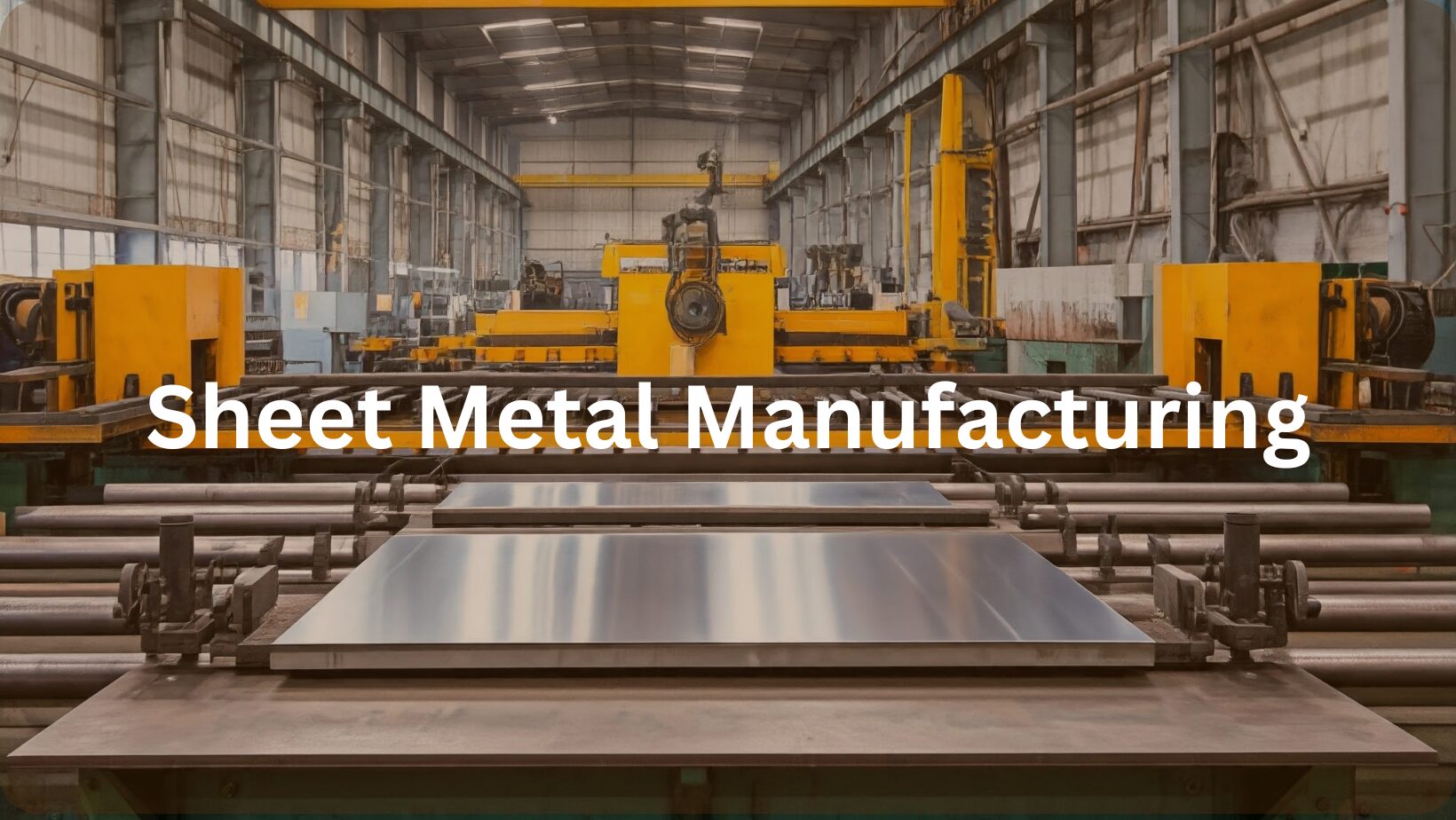
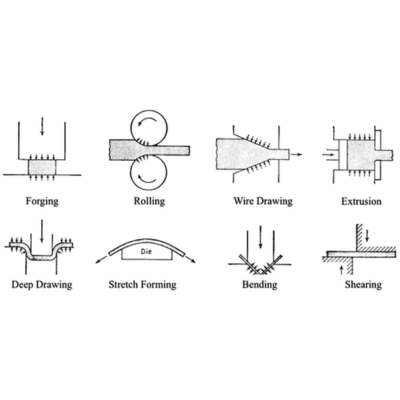


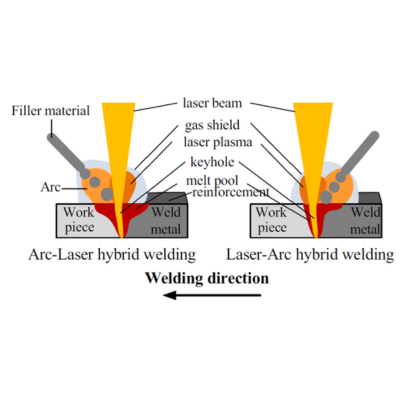


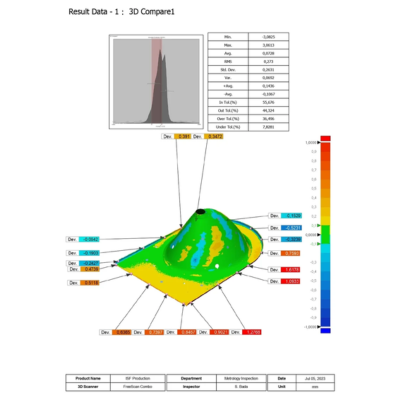

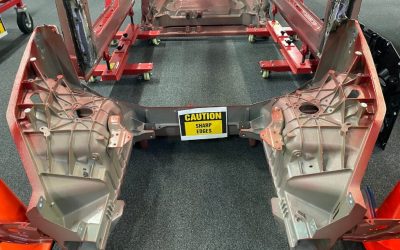
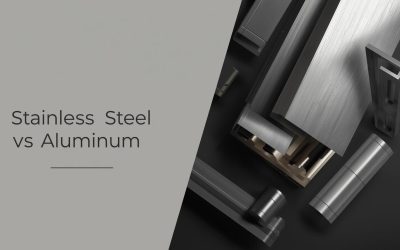

0 Comments